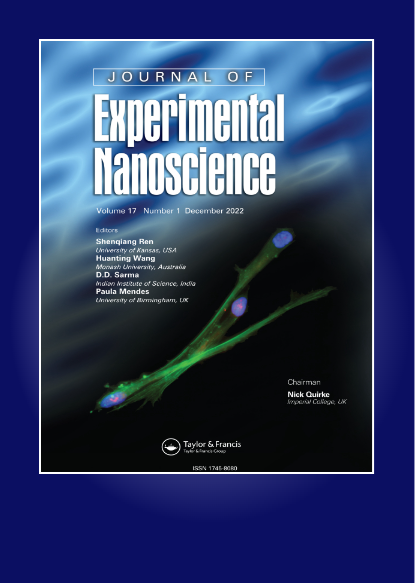基于高分子膜材料的机器学习辅助评估与设计
IF 2.6
4区 材料科学
Q2 CHEMISTRY, MULTIDISCIPLINARY
引用次数: 0
摘要
随着全球现代工业化进程的加快和环境问题的日益严重,开发低能耗、高效率的电化学能量转换设备和分离系统已成为科学界和工业界的研究热点。目前,机器学习已经成为探索和拓展二维材料族的重要研究方法。传统的实验和计算方法在研究二维材料时容错性较低,需要大量的时间和研发成本。机器学习由于其强大的数据处理能力和灵活的算法模型,可以帮助减少发现和理解二维材料的时间和成本,并且可以基于数据有效地预测和扩展二维材料系统,并探索其实验合成和应用的潜力。本文将重点介绍机器学习的方法,机器学习在二维材料设计和合成中的探索,以及机器学习在二维材料特性和应用中的探索。最后,利用ML算法对合成的聚合物进行测试。实验数据点与预测数据点具有较好的一致性,表明ML模型可以作为一种预测工具,对未发育的聚合物进行气体分离识别。本文章由计算机程序翻译,如有差异,请以英文原文为准。
Machine learning aided evaluation and design based on polymer membrane materials
With the acceleration of the global modern industrialisation process and the increasingly serious environmental problems, the development of low energy consumption, high efficiency electrochemical energy conversion equipment and separation system has become a research hotspot in the scientific and industrial circles. At present, machine learning has become an important research method to explore and expand two-dimensional material family. Traditional experimental and computational methods have low fault tolerance when studying two-dimensional materials, which requires a lot of time and research and development costs. Machine learning, due to its powerful data processing capability and flexible algorithm model, can help reduce the time and cost of discovering and understanding two-dimensional materials, and can effectively predict and expand two-dimensional material systems based on data and explore their potential for experimental synthesis and application. This paper will focus on the methods of machine learning, the exploration of machine learning in 2D material design and synthesis, and the exploration of machine learning in 2D material properties and applications. Finally, this paper uses ML algorithm to test the synthesised polymer. The experimental data points and prediction data points have relatively good consistency with each other, which indicates that ML model can be used as a prediction tool to identify the undeveloped polymer for gas separation.
求助全文
通过发布文献求助,成功后即可免费获取论文全文。
去求助
来源期刊

Journal of Experimental Nanoscience
工程技术-材料科学:综合
CiteScore
4.10
自引率
25.00%
发文量
39
审稿时长
6.5 months
期刊介绍:
Journal of Experimental Nanoscience, an international and multidisciplinary journal, provides a showcase for advances in the experimental sciences underlying nanotechnology and nanomaterials.
The journal exists to bring together the most significant papers making original contributions to nanoscience in a range of fields including biology and biochemistry, physics, chemistry, chemical, electrical and mechanical engineering, materials, pharmaceuticals and medicine. The aim is to provide a forum in which cross fertilization between application areas, methodologies, disciplines, as well as academic and industrial researchers can take place and new developments can be encouraged.
 求助内容:
求助内容: 应助结果提醒方式:
应助结果提醒方式:


